Edições Impressas
13 de março de 2025
Science and technology | Study Discovers Why Mars Is Red – Level 3
Article published on Joca 237

Mars is the planet that is closest to ours, and for this reason, the most studied one. At this moment, we have probes and satellites there that send data about the soil and other components of the planet to scientists on Earth. On February 25th, new research was published in the scientific journal Nature Communications showing that we may have been wrong about why the planet is red – and this would change everything.
Until now, it was believed that Mars appeared reddish because of a mineral called hematite, which would have formed over billions of years through the reaction of iron with the planet’s atmosphere. Now there is enough evidence to believe that Mars is in fact covered with ferrihydrite, also a mineral. This is important because ferrihydrite requires cold water to form, which has led scientists to believe that the red planet had much more water in its past than previously thought.
The presence of high quantities of water is essential for life. To confirm this, researchers are working on ways to study real samples of dust from Mars.
Robots on Mars
Because humans cannot travel to Mars, several robots, called rovers, have already been sent to the planet to conduct research and send back information. To this day, none of them have come back to Earth.
- Sojourner: the first robot to land on Mars. It was sent in 1997 by the American Space Agency (NASA).
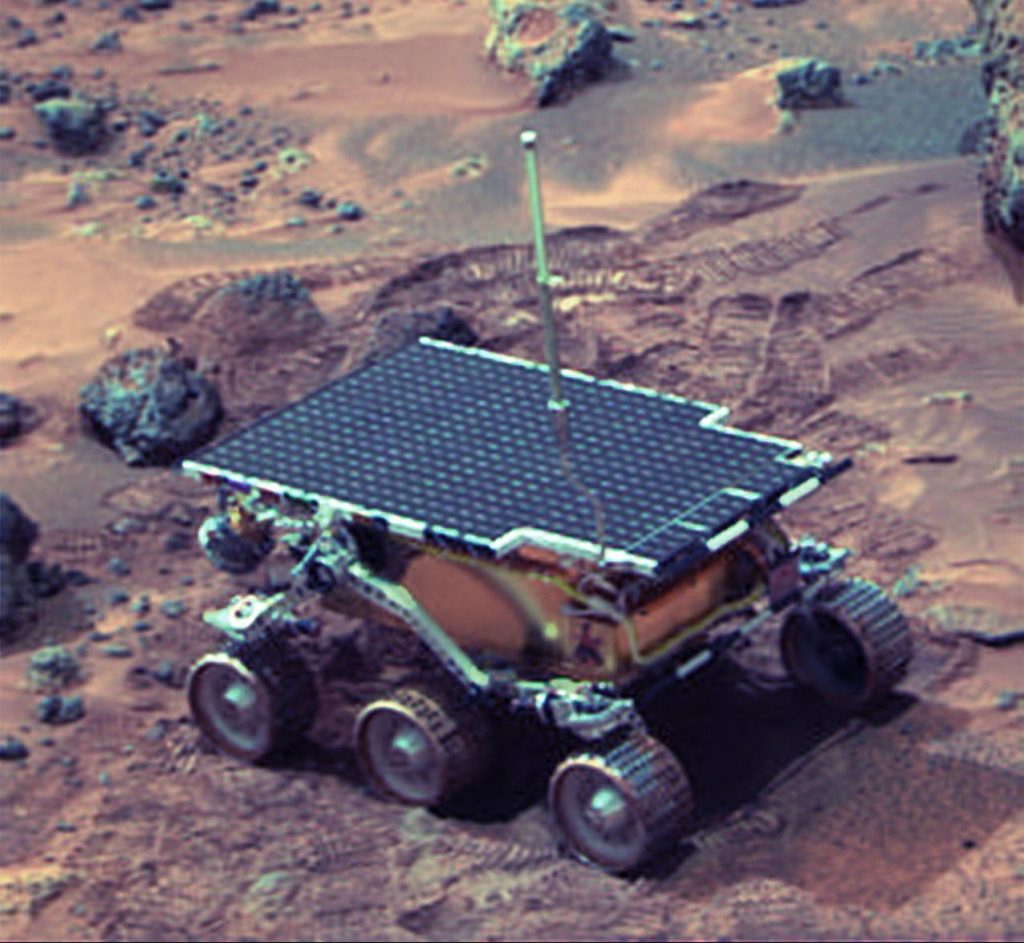
- Spirit: landed in 2004, traveled over 7,000 kilometers and sent us some 124,000 images before being decommissioned.
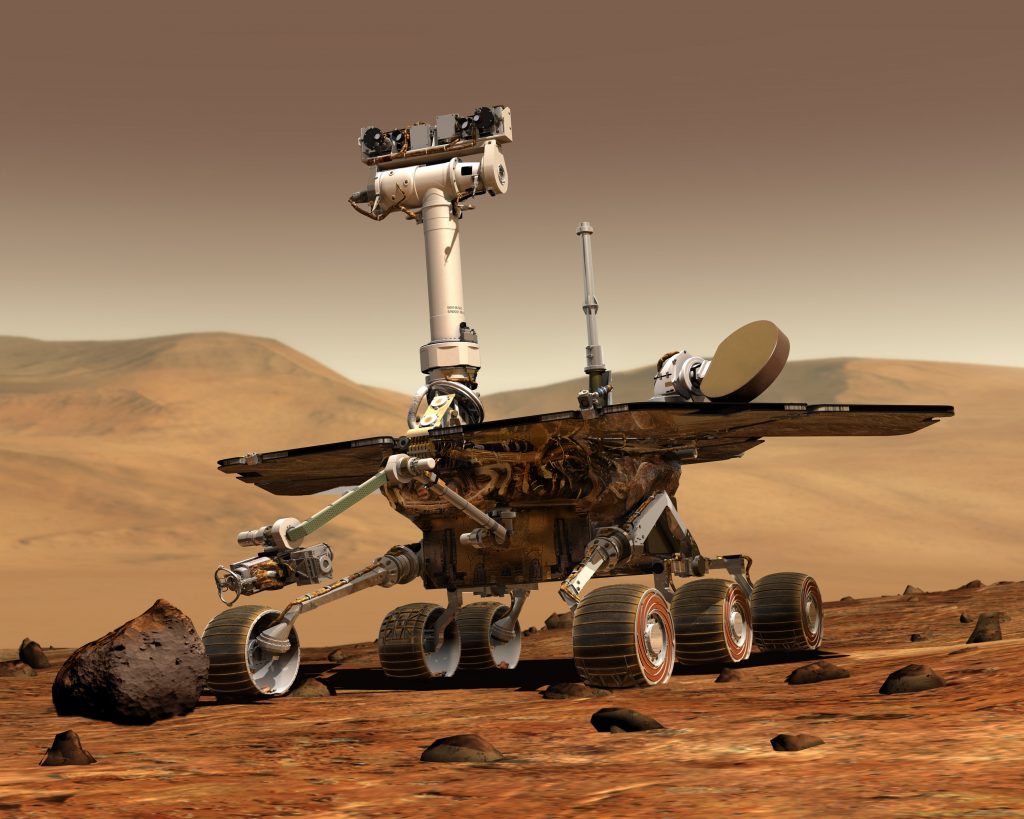
- Opportunity: also in 2004, gave us many clues about the planet’s geological past.
- Curiosity: landed in 2012 and, together with Perseverance, is one of the few that are still operating.
- Perseverance: landed in 2020, collected soil samples and will be the first one to be retrieved by a spacecraft and sent back to us.
Saturn Without Rings
As of March 23rd, Saturn’s rings will no longer be seen from Earth, even with the help of powerful telescopes. It turns out that the rings are not visible to us because of the movement of the stars and the position of the Earth now: the rings are so thin that they cannot be seen when we look at them from the side.
Sources: UOL, Agência Brasil, CNN, and NASA
Glossary
Minerals: solid compounds resulting from physical and chemical processes found in nature.
Ixi! Você bateu no paywall!
Ainda não é assinante? Assine agora e tenha acesso ilimitado ao conteúdo do Joca.

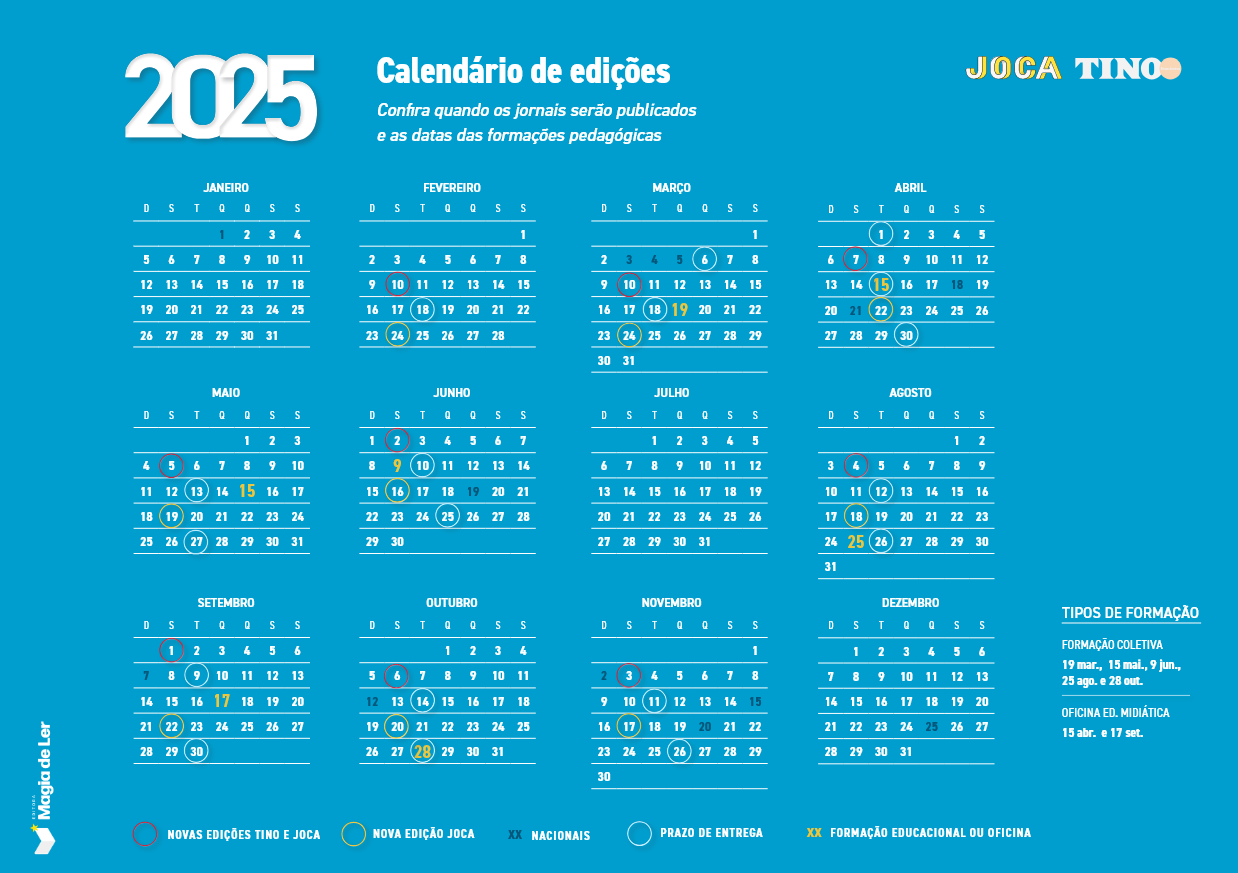







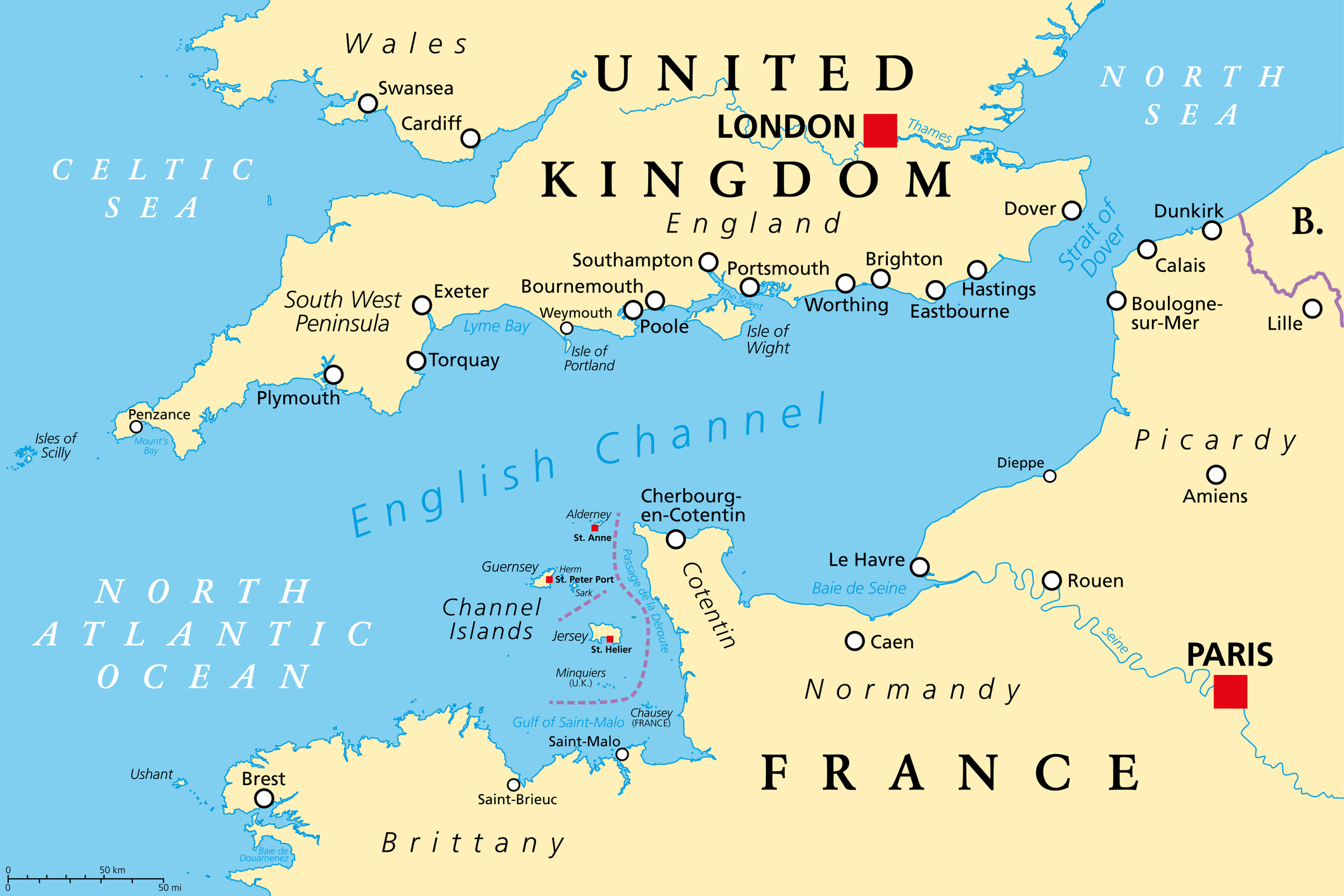
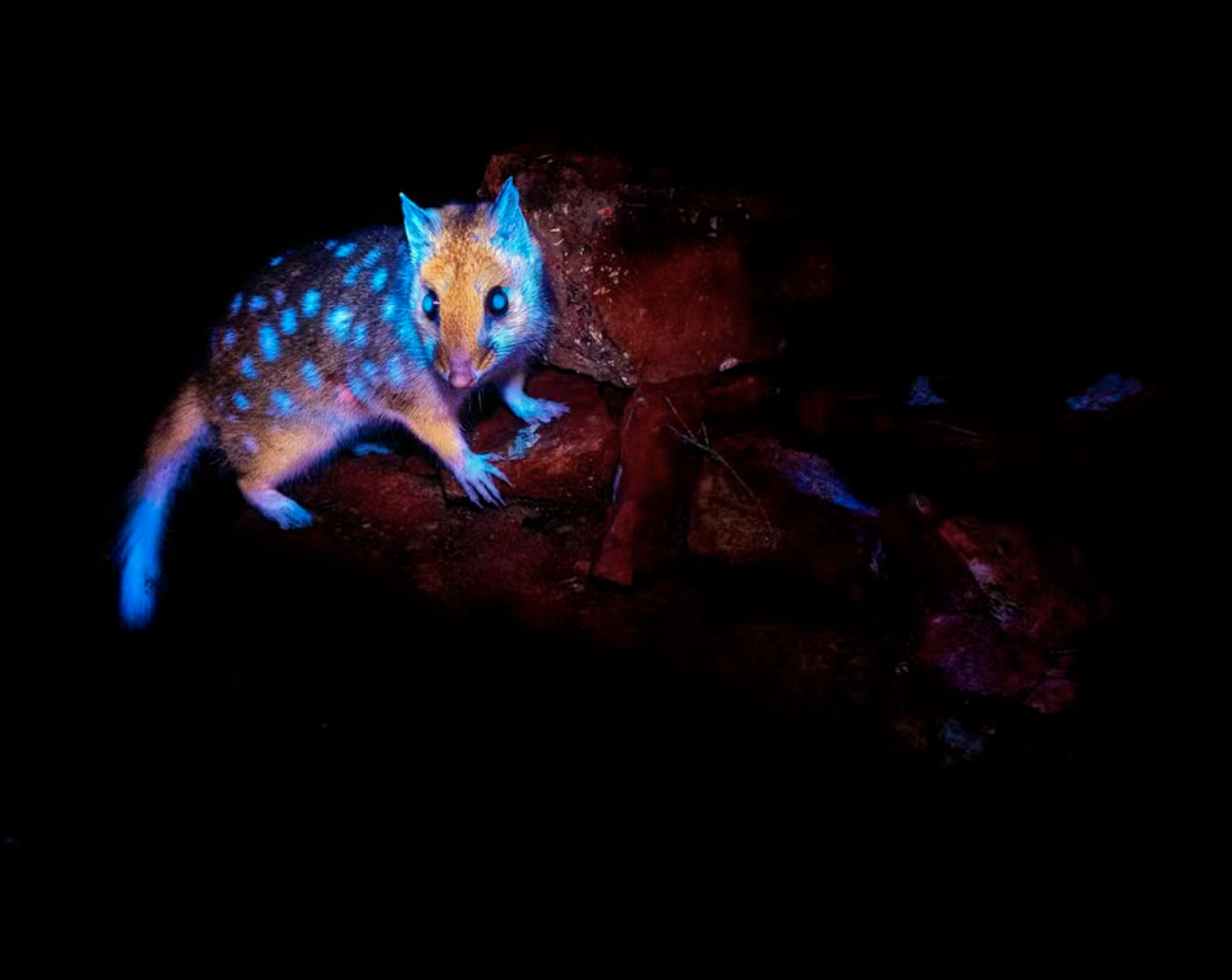
Você precisa fazer o login para publicar um comentário.